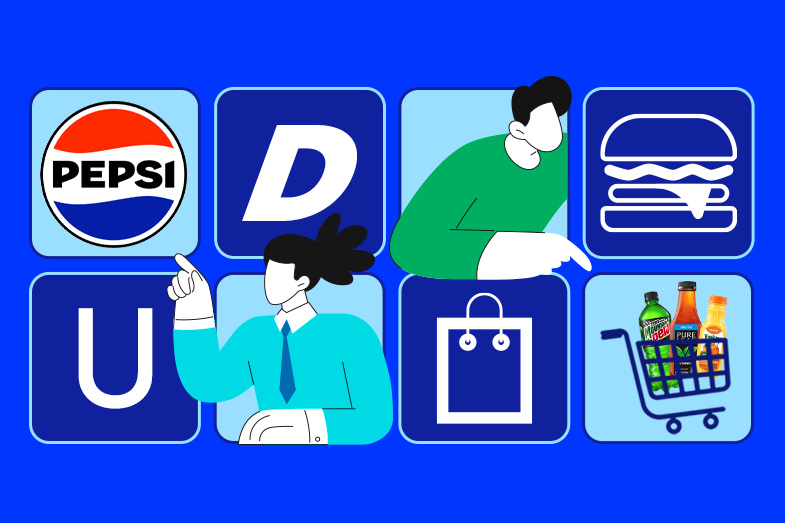A utomation is heating up in the kitchen. Okay, it’s not literally cooking the food, but it is reshaping how operators make service decisions. From kiosks and mobile ordering to kitchen automation, digital innovation is speeding up operations, easing labor challenges, and meeting rising expectations for convenience—and it shows no signs of slowing down. But is it wise to toss the human touch out with these new developments? We don’t think so. Let’s talk about it.
 Hospitality’s not on autopilot
Hospitality’s not on autopilot
As technology continues to prove itself to be a time, money, and labor-saver , it’s tempting to replace human-driven tasks entirely. But striking the right balance between tech-powered efficiency and the kind of human interaction that builds loyalty is crucial. We must protect—and even enhance—moments of connection.
Recent studies have shown that guests who interact directly with employees report better visit satisfaction, higher perceived food quality, and a stronger overall service experience.2 The explanation may be more psychological than practical. In an era defined by loneliness, many guests may not consciously realize that what they value most from a dining experience isn’t just the food—it’s the feeling of being cared for.
Human moments reinforce the role of restaurants as community anchors: a welcoming “third place” where customers feel at home.2
 Automate the hustle, not the hello
Automate the hustle, not the hello
Don’t worry—automation absolutely has a place in foodservice. Consumers view it as a great fit for quick bites and on-the-go occasions, especially in limited-service restaurants where speed and convenience reign.1
But as dining becomes more intentional—thanks to inflation and cost-conscious consumers—operators should consider where and when to dial automation back. Full-service restaurants benefit from the consultative role servers can play: offering menu recommendations, answering questions, and creating the kinds of memorable experiences automation just can’t replicate.
Ultimately, automation works best as support—not a substitute—for the human touches that define hospitality.
 Pour some personality on it
Pour some personality on it
Beverages are an underappreciated opportunity to connect. In limited-service settings, self-serve is often the norm—and that’s perfectly fine. It gives guests the autonomy they expect in fast-paced environments. The key is offering the right variety, and PepsiCo can help with a fountain lineup designed to meet diverse guest needs. Still, customization options—think syrups, fruit inclusions, popping boba, or foams—can help turn a basic drink experience into a moment of indulgence or surprise.
In full-service environments, beverages become an even more critical touchpoint. A well-timed refill, a thoughtful drink suggestion, or even how a beverage is garnished and delivered can elevate the entire experience. These small acts of attentiveness build rapport, signal care, and often make the difference between a good visit and a memorable one. Beverages offer one of the most consistent ways to engage, connect, and leave a lasting impression.
 Tech’s the tool—people are the real deal
Tech’s the tool—people are the real deal
Twelve percent of operators say they are actively investing in automation,3 but technology alone isn’t the answer. As service expectations evolve, the winners will be those who use digital tools to solve operational pain points—without losing the personal warmth that keeps guests coming back.
Use tech to do what it does best: streamline, speed up, and support. And let people do what they do best—connect.
Sources
1 Datassential Restaurant Technology Keynote Report, November 2024
2 Technomic What Will Thrive in 2025
3 Datassential Table Stakes Tracker, March 2025


